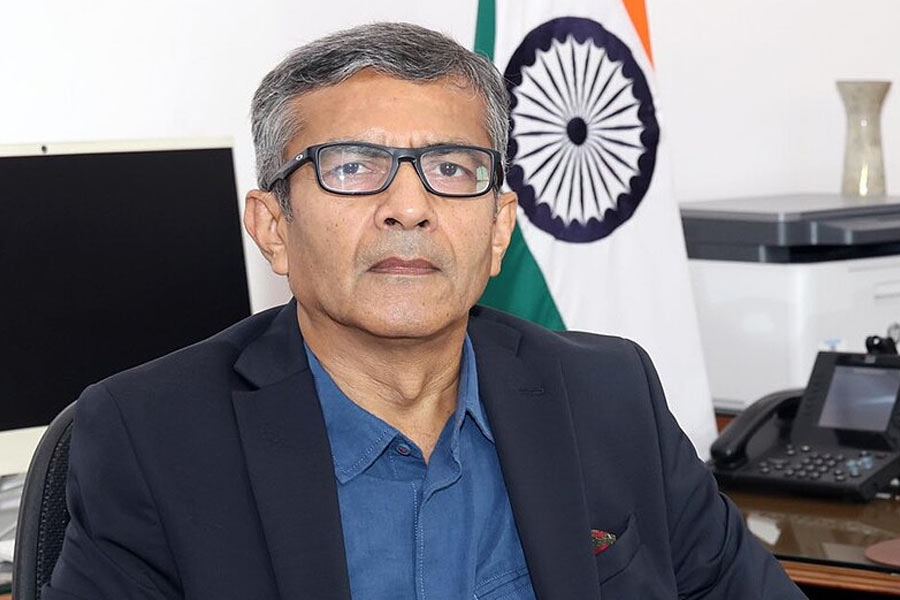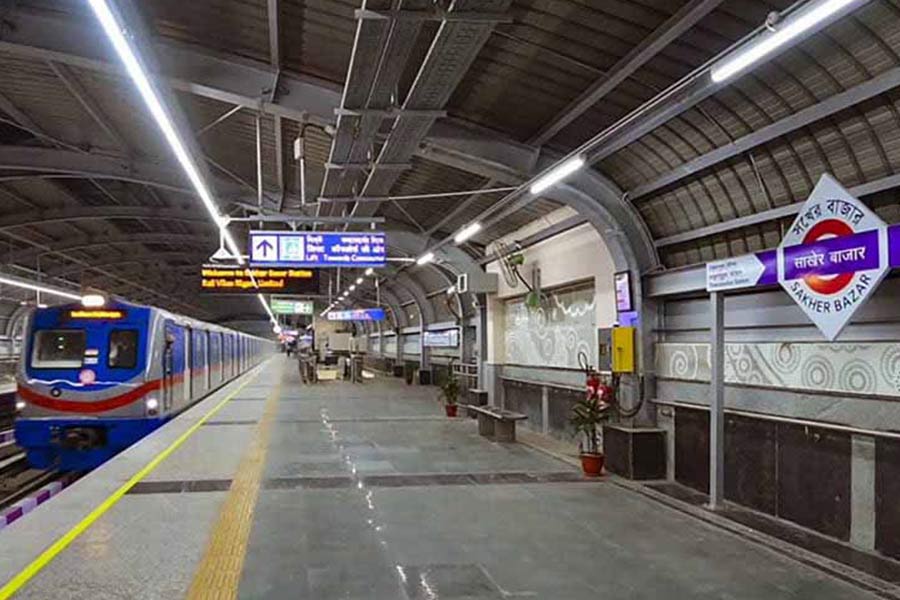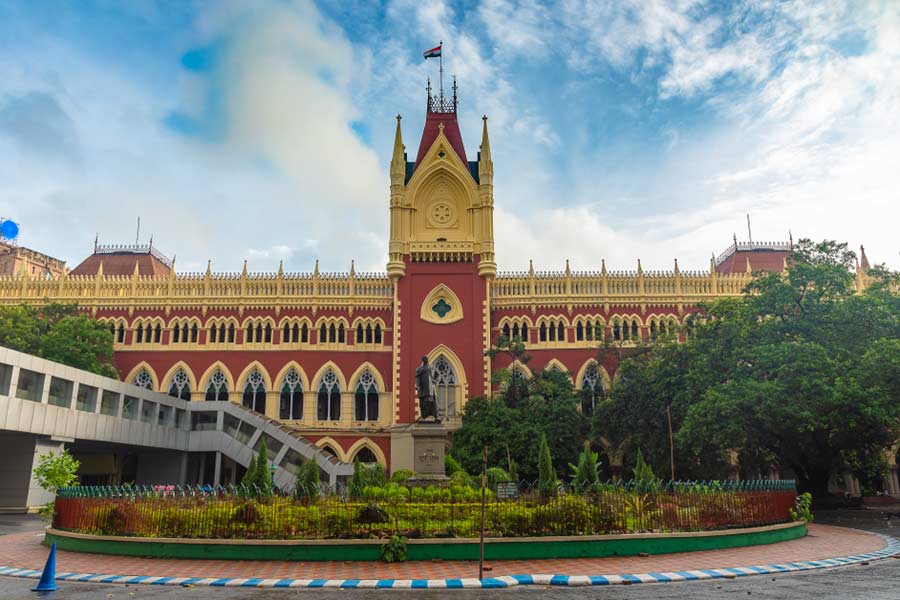Calcutta, June 29 :
Both the sun and the moon, the celestial bodies which dictate our days and nights, will be playing hide and seek in July. In a rare celestial phenomenon, three eclipses will occur in the space of 31 days, only one of which, however, will be visible in India.
'But even this event will be unique,' says K.K. Chakrabarty, director of the Positional Astronomy Centre in Calcutta, as it will be the longest eclipse of its kind since August 13, 1859. 'Not only that, such an eclipse will take place again only after 3000 AD,' he adds.
The director said the lunar eclipse of July 16, 2000, is sandwiched between two partial solar eclipses, one on July 1 and the other on July 31. 'This is a rare situation. Three eclipses on three successive new-moon, full-moon and new-moon days in one Gregorian calendar month.
'The last time that such a configuration of the sun, the moon and the earth took place was in December 1880,' Chakrabarty said. 'And it will not occur again in the next 100 years.' But what would be a rarer heavenly happening would be the lunar eclipse of July 16. The moon will be passing through the centre of the earth's shadow and this will result in the longest period of total eclipse in 141 years.
'And this won't happen again for more than the next 1,000 years! Of course, none of us will be around to verify that,' he added. His observations are based on the findings of Belgian astronomer Jean Meeus.
So do not be surprised if one Sunday evening next month, there is no trace of the full moon. It starts going into hiding at 5.27 pm IST and emerges in full strength again at 9.24 pm. In between, there will be no trace of it for as long as one hour and 47 minutes!
'The path of invisibility goes through India, southeast Asia, Australasia, eastern Russia, Japan, China, the Hawaiian Islands and Antarctica.' But the process will not be seen throughout India. The beginning of totality will be visible mainly from Calcutta and eastern India.
'The appearance of the rising moon in the eastern horizon that evening will vary and will depend on the atmospheric condition over the earth,' said Chakrabarty. The first partial solar eclipse will be mainly over South America, while the second one will be seen from western Russia, Scandinavia and northwest America.
 Friday, 04 July 2025
Friday, 04 July 2025









